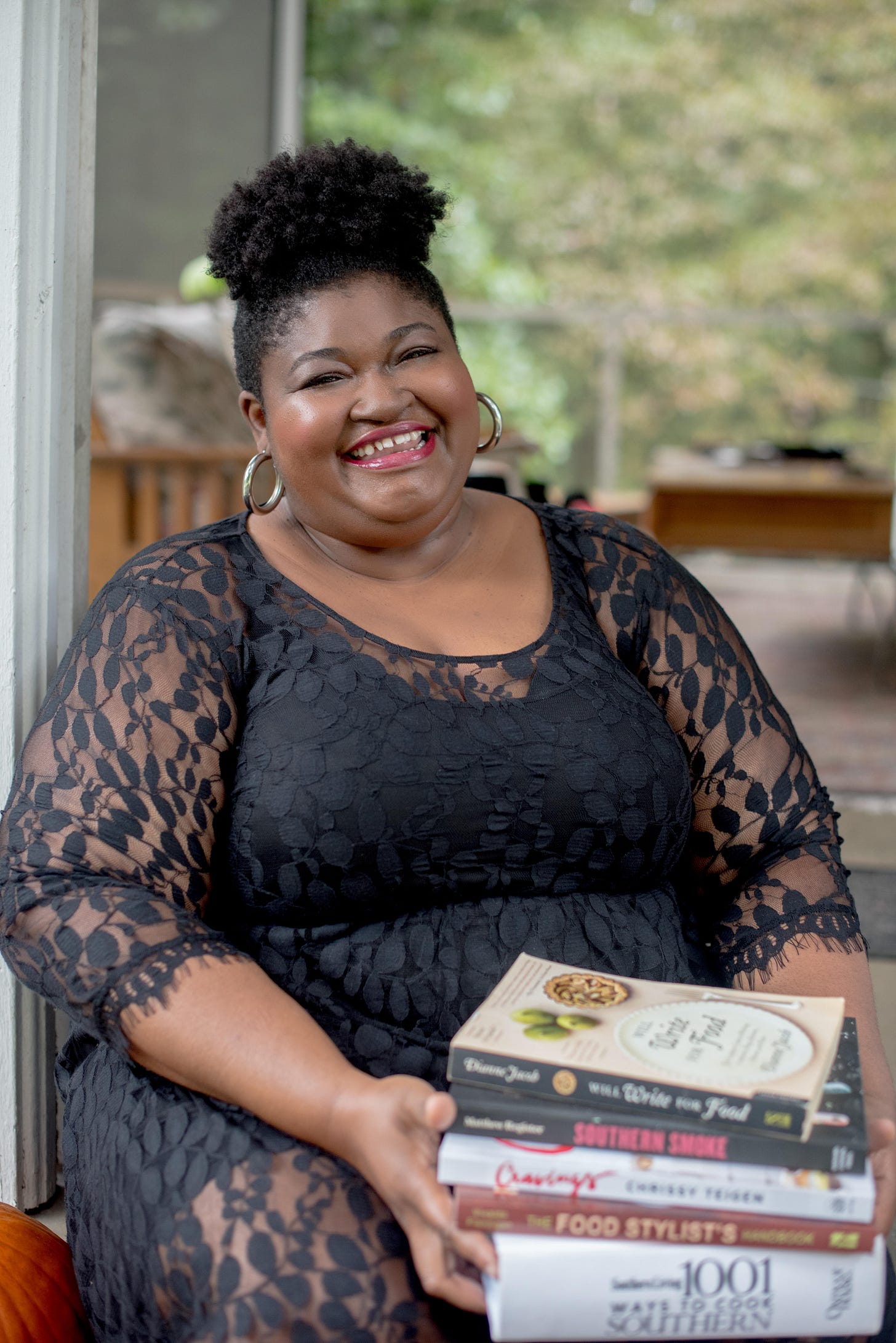This is Part 2 of my essay on dining while Black as a food critic. If you missed Part 1, you can read it here.
After establishing why my job is so complicated, let me share how I learned to navigate an industry that wasn't built with critics like me in mind.
Finding My Own Path
Once I decided to become a food writer, I needed a roadmap—someone or something to show me the way. I devoured the memoirs of Ruth Reichl, Gael Greene, Mimi Sheraton and M.F.K. Fisher, hoping their experiences would illuminate my own.
One theme stood out immediately: most of these women disguised themselves when dining out professionally. I did not have that luxury. I could either go as myself or come up with an alias.
But those memoirs, while instructive about the mechanics (along with salacious hot gossip), couldn't teach me how to navigate the specific challenges I'd face. I wish my research had led me to Edna Lewis' cookbooks, Vertamae Smart-Grosvenor's legacy, Toni Tipton-Martin's success, Dr. Jessica B. Harris' historical significance.
I follow as a highly tuned-in acolyte at the altar of liturgical culinary artistry.
These women understood something the white critics couldn't: we are Black wherever we go. It's what people see, and everything else about us is secondary. Nowadays, these women are my guideposts and I follow as a highly tuned-in acolyte at the altar of liturgical culinary artistry.

